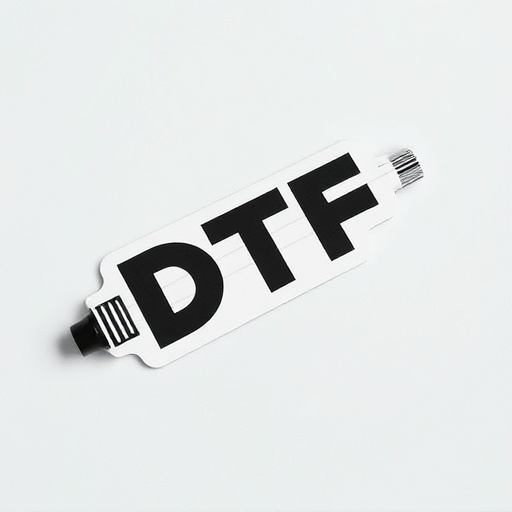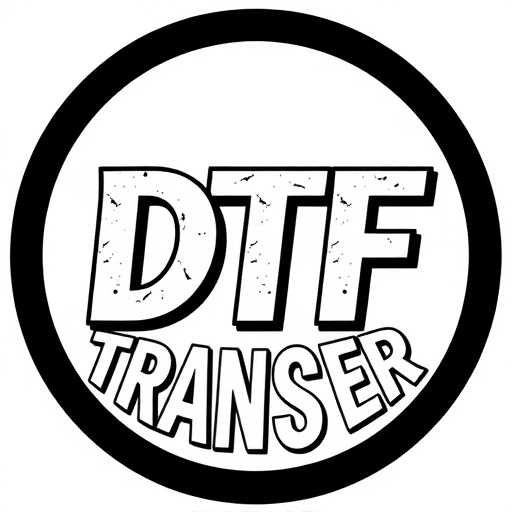In today's business environment, understanding market dynamics is key to successful competitive pricing strategies. Companies analyze supply/demand, competitor pricing, customer preferences, and industry trends to set prices that boost market share and profitability. Competitive pricing involves offering attractive rates reflecting product value and market conditions, like a high-tech automotive company combining advanced tech with affordable pricing. Businesses balance aggressiveness and profitability through market research, tiered pricing, dynamic models, and promotions to attract new customers while maintaining long-term viability. Dynamic pricing, leveraging data analytics, is particularly effective in industries with seasonal or location-based demand variations.
In today’s dynamic market landscape, understanding competitive pricing is a game-changer. This article guides you through the essential strategies to quickly increase your market share. By delving into the dynamics of market forces, we explore aggressive yet profitable pricing techniques. Learn about implementing dynamic pricing, leveraging powerful tools, and following best practices. Discover how these strategies can transform your business, ensuring both customer satisfaction and substantial growth.
- Understanding Market Dynamics for Competitive Pricing
- Strategies to Set Aggressive Yet Profitable Prices
- Implementing Dynamic Pricing: Tools and Best Practices
Understanding Market Dynamics for Competitive Pricing

In the fast-paced business landscape, understanding market dynamics is key to implementing effective competitive pricing strategies. Market dynamics encompass various factors such as supply and demand, competitor pricing, customer preferences, and industry trends. By meticulously analyzing these elements, businesses can identify gaps in the market and set prices that not only attract customers but also boost their market share quickly. For instance, offering a ceramic coating service at a competitive price can differentiate your brand by providing added value, such as improved heat rejection properties or enhanced scratch protection, making it an appealing choice for consumers.
Competitive pricing is not just about matching competitor rates; it’s about outsmarting them while maintaining profitability. This involves staying abreast of industry developments and leveraging unique product features to set prices that reflect both the value offered and the current market conditions. For example, a company specializing in high-performance automotive products could offer competitive pricing by combining cutting-edge technologies like ceramic coatings with affordable pricing strategies, thereby attracting a broader customer base seeking both quality and cost efficiency.
Strategies to Set Aggressive Yet Profitable Prices

To achieve competitive pricing that boosts market share, businesses must adopt a delicate balance between aggressiveness and profitability. One effective strategy is to conduct thorough market research to understand customer expectations and competitor pricing strategies. By setting prices that are compelling yet aligned with product or service value, companies can attract new customers without compromising long-term viability.
Additionally, offering tiered pricing plans based on different customer segments allows for flexibility and personalization. For instance, in the realm of car customization, window tinting, or ceramic coating services, a base package catering to budget-conscious consumers while premium options appeal to those seeking top-tier features can drive both revenue and market share. Dynamic pricing models that adjust prices based on demand or limited-time promotions can also create a sense of urgency, encouraging purchases from price-sensitive buyers.
Implementing Dynamic Pricing: Tools and Best Practices

Implementing dynamic pricing strategies is a powerful way to gain an edge in the market and quickly increase your share. This approach involves adjusting prices based on real-time demand, competition, and customer behavior. By utilizing data analytics tools, businesses can monitor market trends and set competitive pricing that attracts customers while maximizing profits. Dynamic pricing allows for flexibility, enabling companies to adapt swiftly to changing conditions, whether it’s a flash sale or a seasonal peak.
For industries like window tinting and professional PPF (Paint Protection Film) installation, where services are location-based and demand varies, dynamic pricing can be particularly effective. For example, during high traffic periods or when offering special promotions, prices for UV protection treatments can be adjusted to reflect the heightened demand. This ensures that customers receive competitive rates while businesses maintain healthy margins. Best practices include setting clear price bands based on different customer segments, using real-time bidding systems, and regularly analyzing market data to stay ahead of the competition.
Competitive pricing strategies, when implemented effectively, can significantly boost market share in a dynamic business landscape. By understanding market forces, employing strategic price setting techniques, and leveraging dynamic pricing tools, businesses can quickly gain a competitive edge. These practices ensure profitability while offering appealing prices to customers, fostering growth and expanding market reach. Embrace these strategies to stay ahead in the cutthroat market competition.














